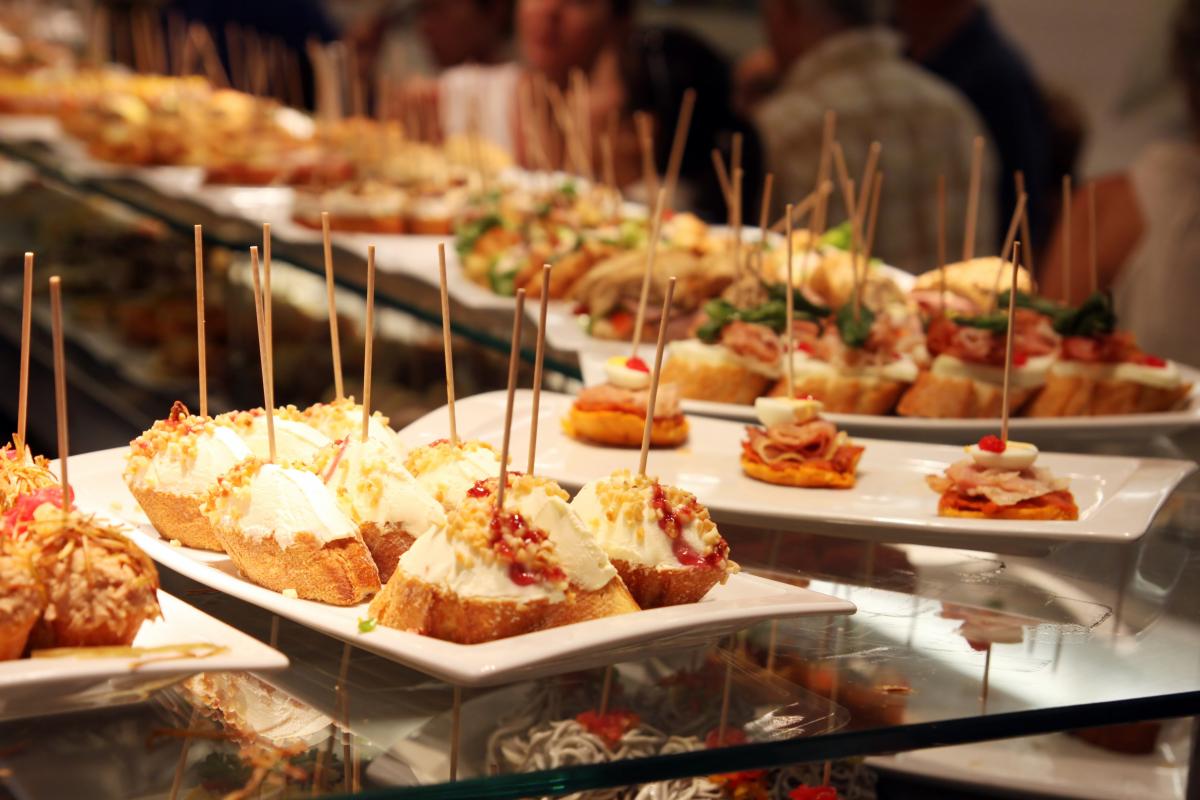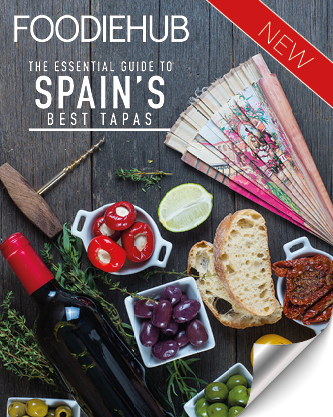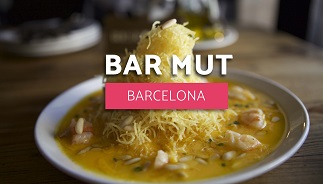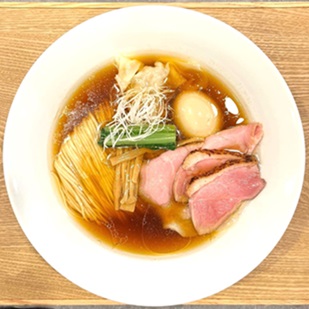Extremefoodies's Essential Guide to Spain's Best: Tapas, Pinxtos, Montaditos and Small Plates
Download the full PDF of ExtremeFoodies's Essential Guide to Spain's Best Tapas here.
Contents
- An Introduction to Tapas
- Tapas in Spanish Culture
- A History of Tapas
- Tapas Etiquette
- Regional Style
- Alicante
- Barcelona
- Galicia
- Madrid
- Málaga
- San Sebastián
- Seville
An Introduction to Tapas:
Tapas, Pinxtos, Montaditos and Small Plates
Tapa n. pl. tapas: cover; (of box, pot, piano) lid; (of bottle) top, cap
Tapa n. pl. tapas: a variety of small savoury Spanish dishes, often served as a snack or with other tapas as a meal
In recent years, Spanish cuisine has deservedly gained international recognition, both for the food itself and the casual culture of eating light dishes with your drinks. Both the form and the content have spawned an increasing number of imitators in other countries, but while many of these are worthy enough in their own way, it’s rare for them to provide quite the same experience as you’ll get in Spain. Tapas, in the proper sense of the word, is small dishes of food that are served with your drink in a bar or tavern setting. It is the predominant way to eat in the south of Spain. In the north, particularly in the Basque country and Catalonia, there are small snacks known as pintxos, usually served on toast, or skewered on a toothpick, which are just as delicious but slightly different in origin.
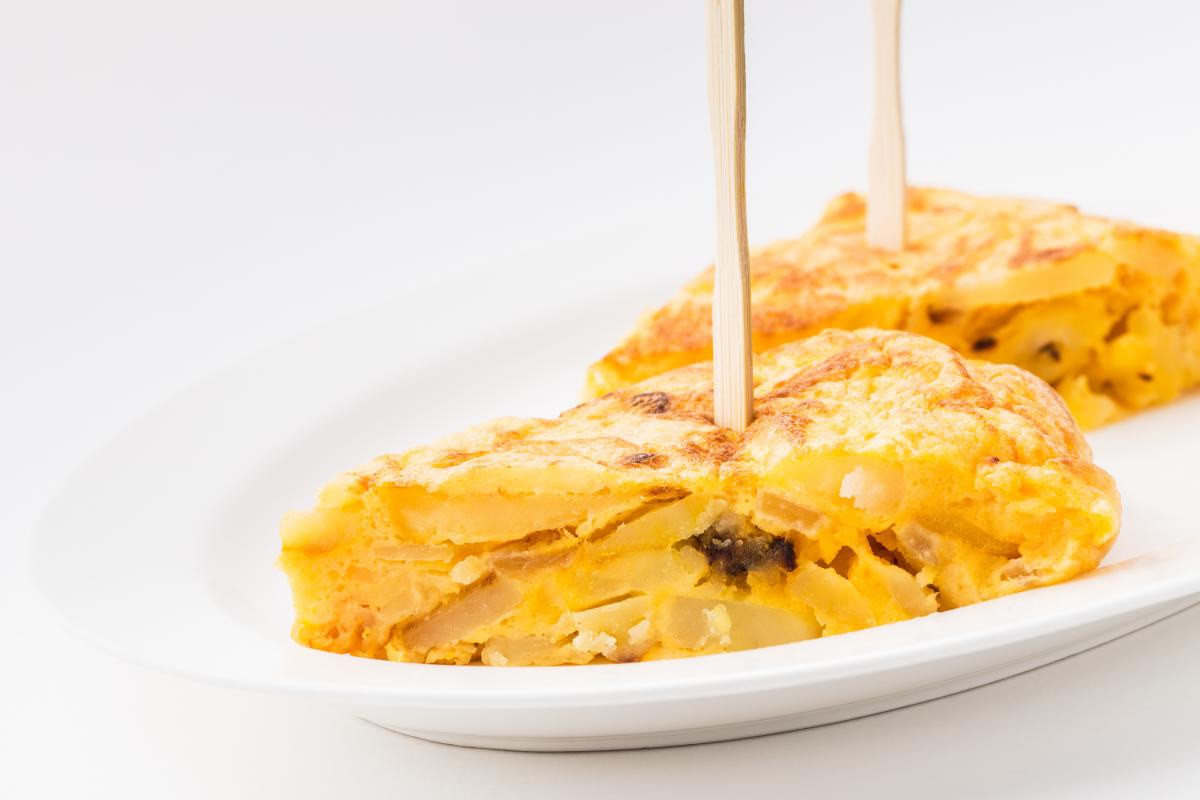
Most ingredients are locally sourced, so there is seasonal variation in what’s available. This not only keeps the menu fresh but keeps the chef sharp. Pork is the principle meat, and in one way or another the entire animal is consumed; nothing goes to waste. There are also lots of fish and seafood dishes, especially on the coast. There are plenty of vegetable options too, including classics like spinach and chickpeas, and several dishes with potatoes.
Tapas in Spanish Culture
Tapas is much more than just food. The Spanish climate and culture encourages a way of life that is much more “outdoors” than in Northern Europe or America. The climate has also influenced the times of day when it’s possible to be out and about – taking midday heat and siesta into account. Going bar to bar, for drinks and tapas is called the “tapeo.” It has regional variations but has become a well-loved social activity. Food is often shared, and the tapas format helps prevent overconsumption. Bars cater to people of all ages, and usually have a friendly, family atmosphere; children often dine out with their parents, even quite late in the evening. Tapas remain surprisingly affordable, so the culture has not been dented by the recent financial challenges.
A History of Tapas
Tapas is the food of the Spanish people. Small, easily made and often using seasonal and regional food, it reflects the local people and their history. Theories and legends about the origin of tapas abound, from simple theories on the origin of the word to grand suggestions of kings and queens inventing these humble dishes. The origin of the word seems the most straightforward. The dictionary definition of “tapa” in Spanish is that of a lid or a cover. Tapas, as a name for small dishes, is derived from placing them over the top of your glass.
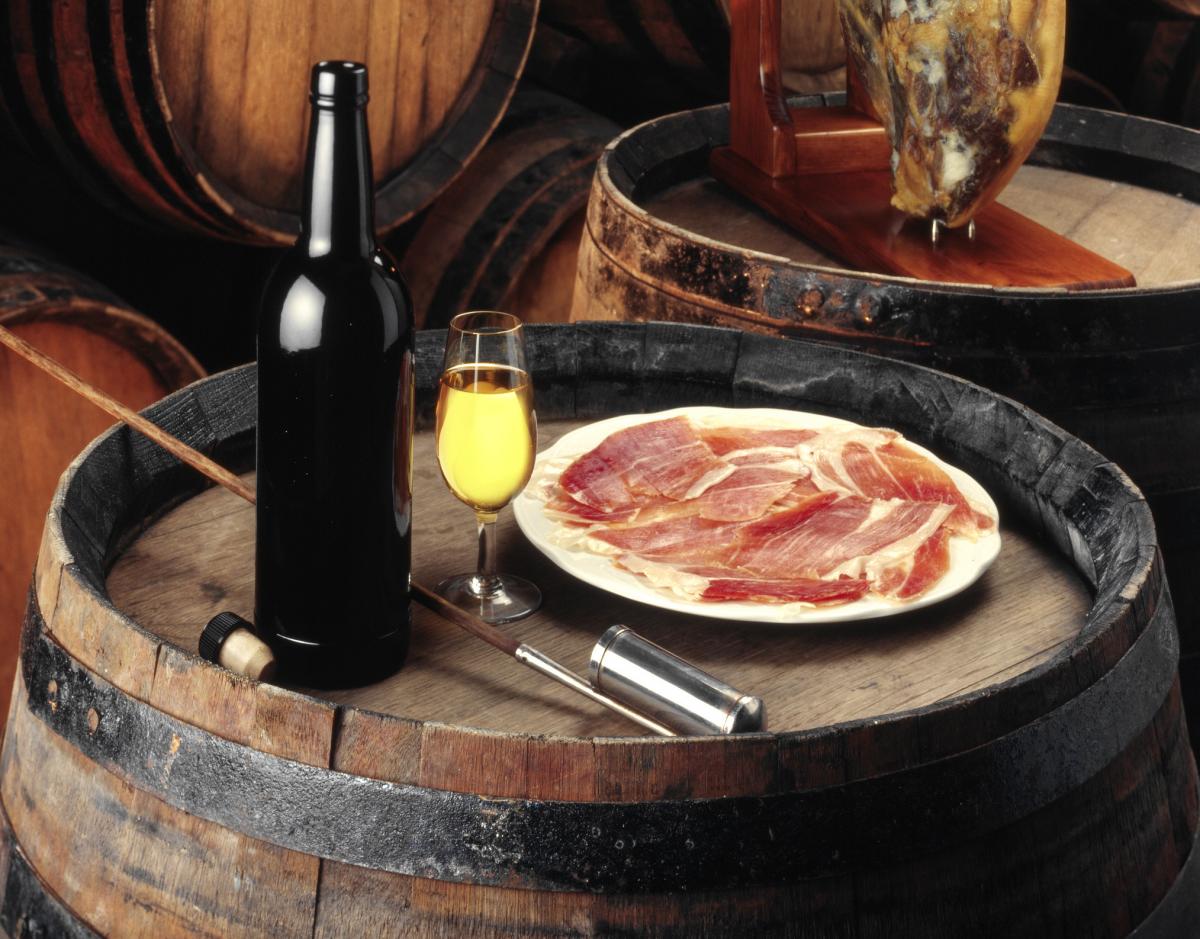
A popular theory is that the first tapas were simply something like a piece of bread or ham that was used to keep the dust or flies out of your wine, which fits nicely with the literal definition. However, they may just have been a complimentary snack with each drink, placed on the top of one’s glass for convenience. When the bar was packed there may have been nowhere else to put your plate – not too uncommon in popular hotspots, even today. Wordplay aside – the other potential origins of this humble Spanish fare are less lowly. It is said that monarchs Isabela and Ferdinand passed a law to prevent drunk driving of stagecoaches, which stated that all wine was to be served with food – hence tapas was born. Another theory was that when 13th century King Alfonso the Wise became ill, his doctor prescribed small snacks with his wine to keep up his strength. When he recovered he passed a law that all drinks were to be accompanied by food, to promote health and to discourage the poor from spending all their money on wine. Later, Felipe III (1598-1621) is also said to have issued a similar decree, but to curb drunkenness in the army.
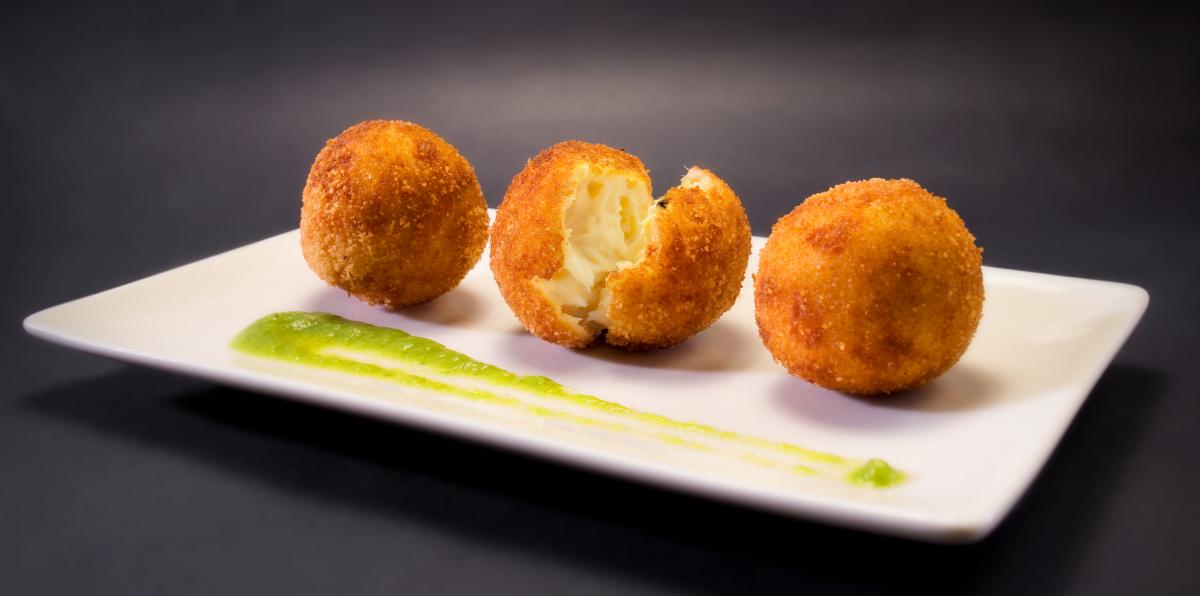
A final royal story concerns the visit of a Spanish monarch - Ferdinand of Aragon - to San Fernando near Cádiz. The King is said to have stopped at a tavern by the beach, and because the levante - a local strong wind - was blowing, the enterprising bartender used a slice of ham to keep sand out of the royal glass. When the king ordered a second drink, he asked for it with a “tapa.” Whatever the origin, by the 17th century the custom, if not the name, was well-established in the clubs of the Sevillano bourgeoisie. By the 19th century, tapas had diversified into a complete cuisine integrated into the social life of the city. Royal origin or not, this most humble of Spanish dishes that started in Andalusia keeps evolving, innovating and winning new fans around the world.
Tapas Etiquette
As tapas is a social activity, done with friends or family in an informal and relaxed atmosphere, bars are often busy and noisy. To the uninitiated, they can be confusing. Rule 1 here has to be “Don’t Be Intimidated.” Space permitting, it is fine to stand or sit, outside or inside. Tapas are not always available at tables or on terraces - you may have to order larger plates, called “raciones,” to share.
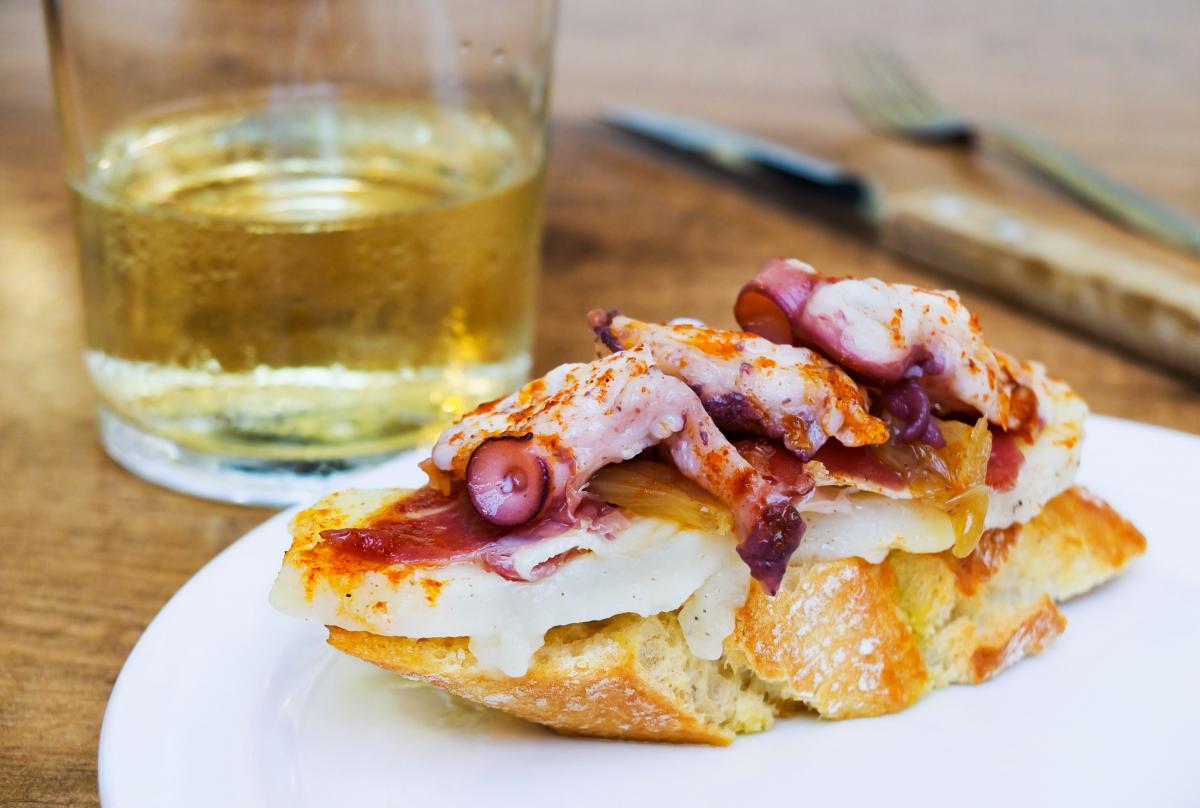
The thing to do is grab a drink and then wait for a space to open up at the bar. Even in the busiest venues it’s quite normal for people to go from bar to bar, so there is usually a quick turnover. Once settled in, either at the bar or at a table, do not make the typical mistake of over-ordering. Yes, tapas are small dishes, but size varies from bar to bar and rather than a few bite-sized dishes you might end up with far more than you can eat. So, just order one or two tapas per person and keep ordering until you’re full. The other benefit of ordering this way is that you can see what other people are eating and, if it looks interesting, you can order it for yourself during the next round.
Regional Style
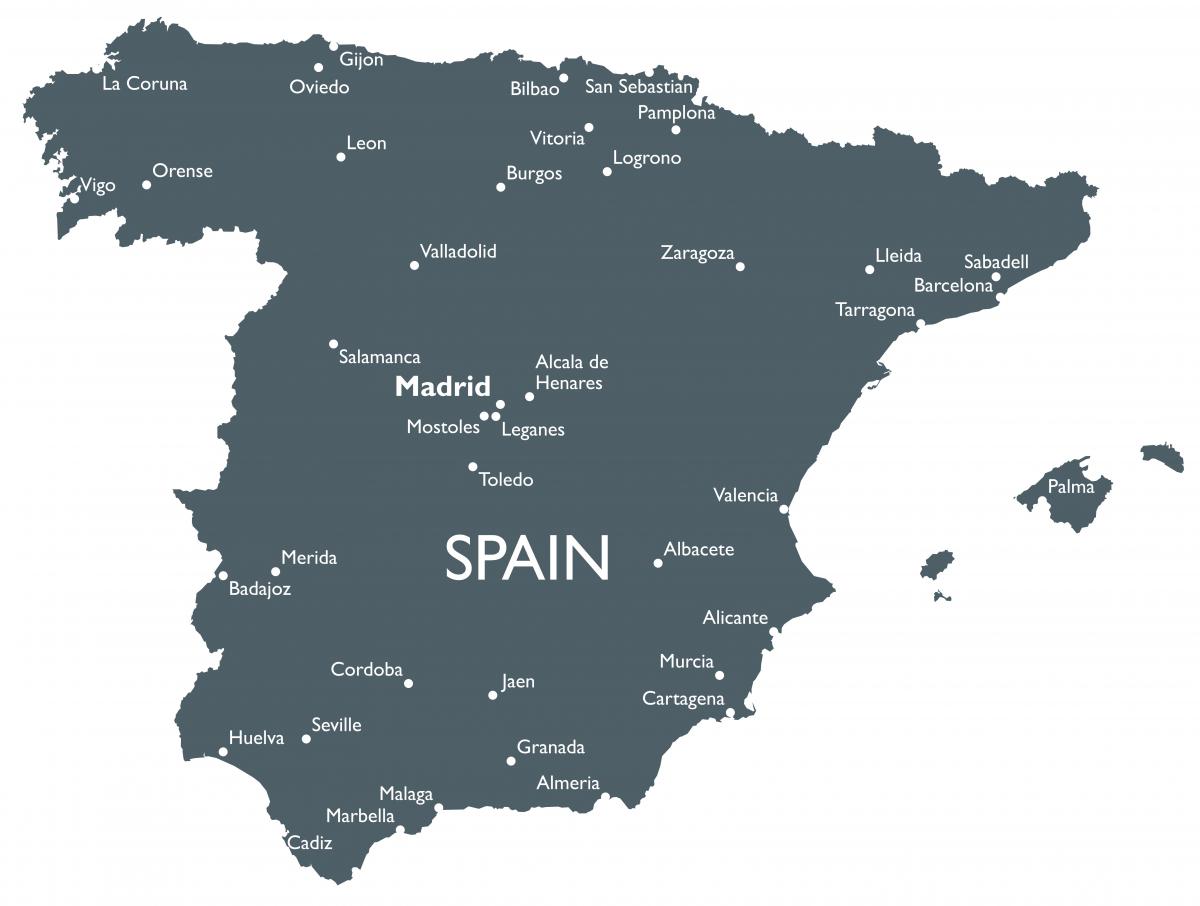
Although these days you are likely to find tapas in many places throughout Spain, its birthplace is undeniably Andalucía. In the north of Spain, particularly in the Basque country, you find a different style of small plate called “pintxos”. These dishes are pre-made and sitting out on the bars ready to go - usually snacks either served on slices of bread or on a small skewer (from which the name derives).
ExtremeFoodies's Essential Guide to Spain's Best Tapas
Click on an image to see the essential tapas for that region, as recommended by local food expert
Category:


